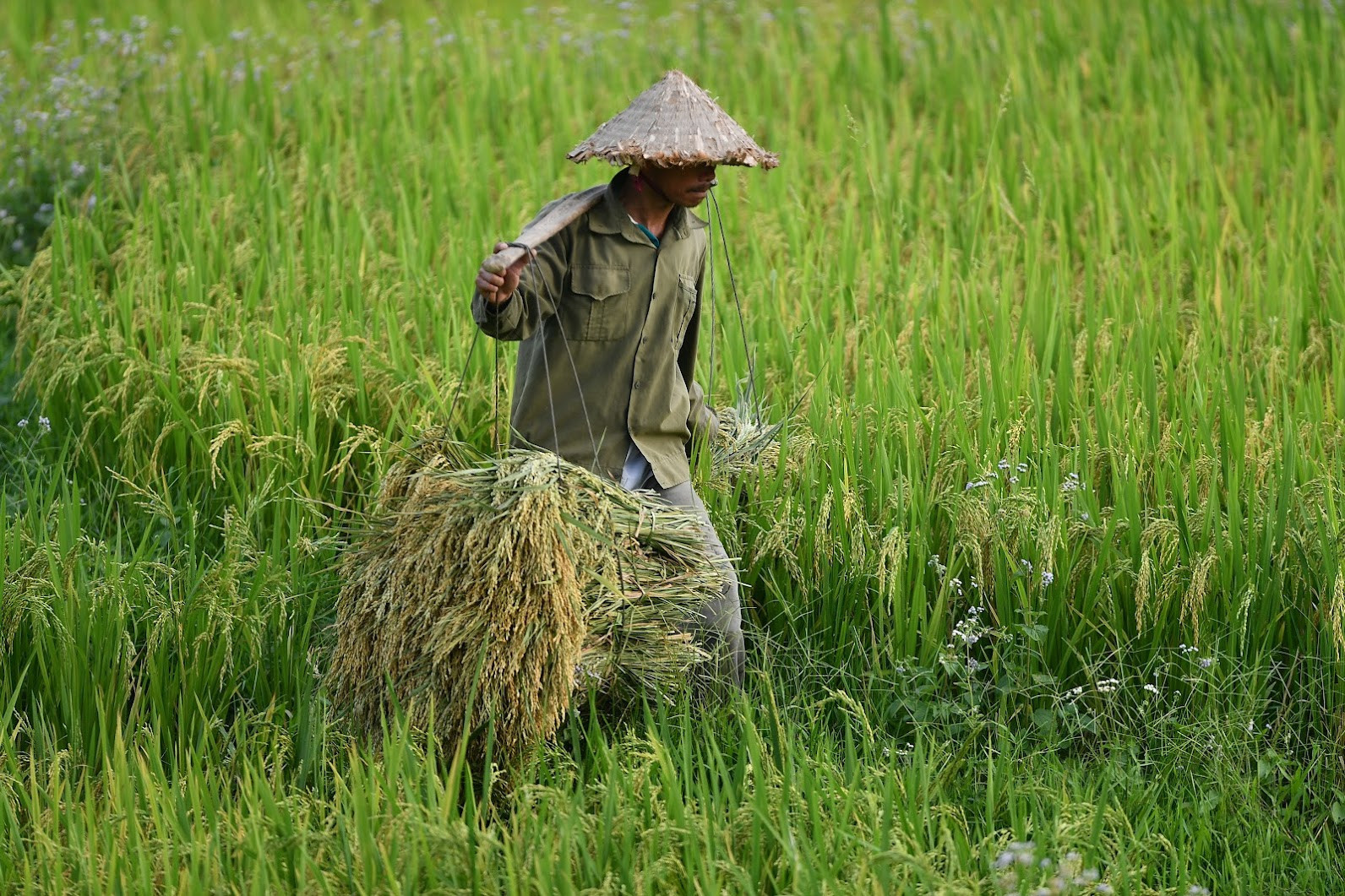
Nguyen Nhu Cuong, head of the Ministry of Agriculture and Rural Development’s (MARD) Department of Crop Production, said at a press conference on August 1 that Vietnam’s rice production is at a good level and the country will increase exports this year.
Cuong said the growing area of the autumn-winter crop in Mekong River Delta has increased by 50,000 hectares compared with the beginning of the year to 700,000 hectares to grasp the opportunity of the rice price hike.
“This is a golden opportunity for us. MARD yesterday proposed that the PM issue an instruction on boosting rice exports in the context of plentiful rice output. Ministries, branches and localities need to apply technical and administrative solutions to increase the export volume,” Cuong said.
In 2022, Vietnam’s paddy output was 42.7 million tons, and it exported 7.13 million tons of rice. In 2023, the paddy output is estimated to reach 43.1-43.2 million tons, so the export volume may exceed last year’s exports.
He said that the rice export increase won’t affect domestic supply, but because of the psychological impact, the rice price has increased slightly.
“No need to worry about food security. We can have one crop after 90 days. So, it is necessary to grasp the opportunity to boost sales. It is now the best time to export rice,” Cuong said.
As VietNamNet has reported, on July 29, Russia, following India, announced the suspension of rice exports until the end of the year to support domestic supply.
UAE also issued a decision on July 28 to stop rice exports for four months.
Both Russia and UAE are not among the top 10 rice exporters. However, the export bans by the two countries, plus the ban by India, which provides 40 percent of the exports in the world, have affected the global rice market.
In the world market, Vietnam and Thailand rice prices have hit one-decade peaks.
On July 27, Vietnam’s five percent broken rice was traded at $558 per ton, up by $25 per ton compared with July 19 (the trading session just before the Indian ban was imposed). Meanwhile, the 25 percent broken rice price surged from $513 per ton on July 19 to $538 on July 27.
Thus, Vietnam’s 5 percent and 25 percent broken rice prices have surged by 35.1 and 36.8 percent year on year, respectively.
Tam An